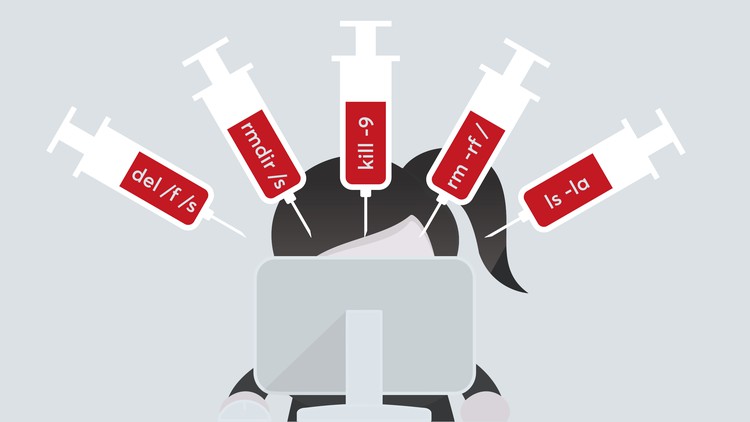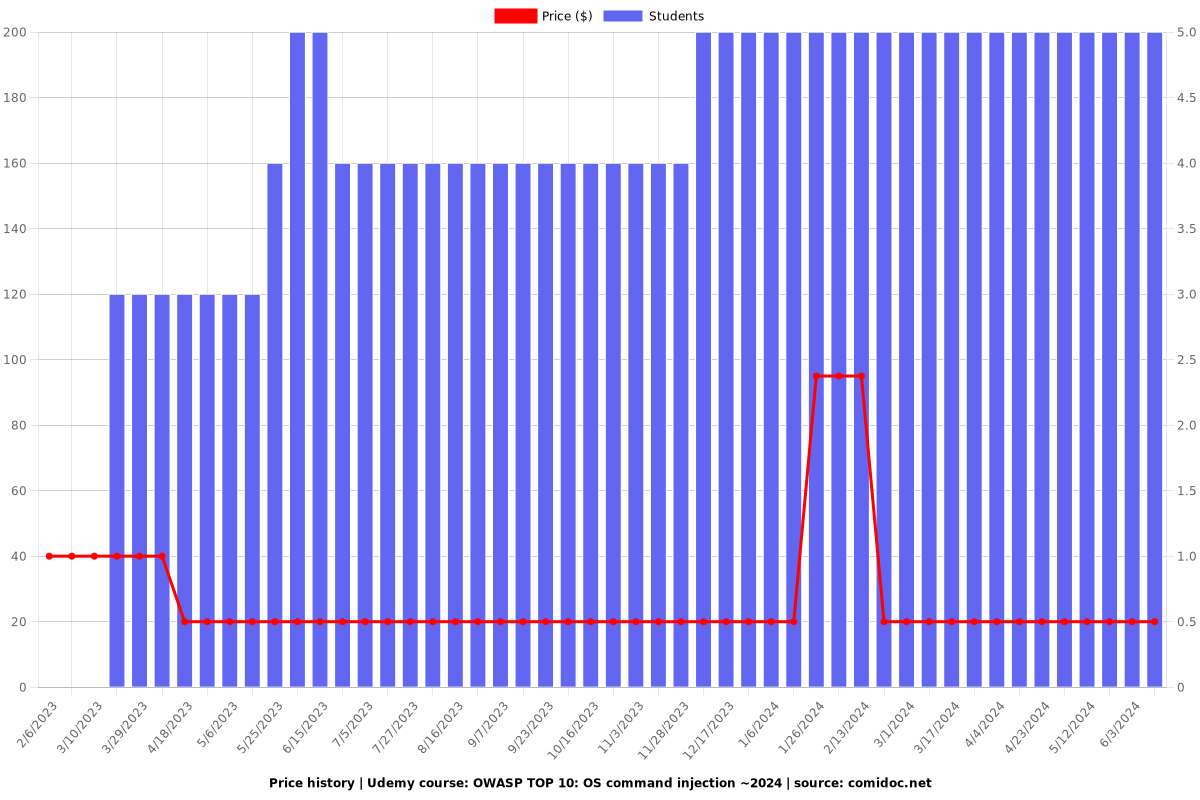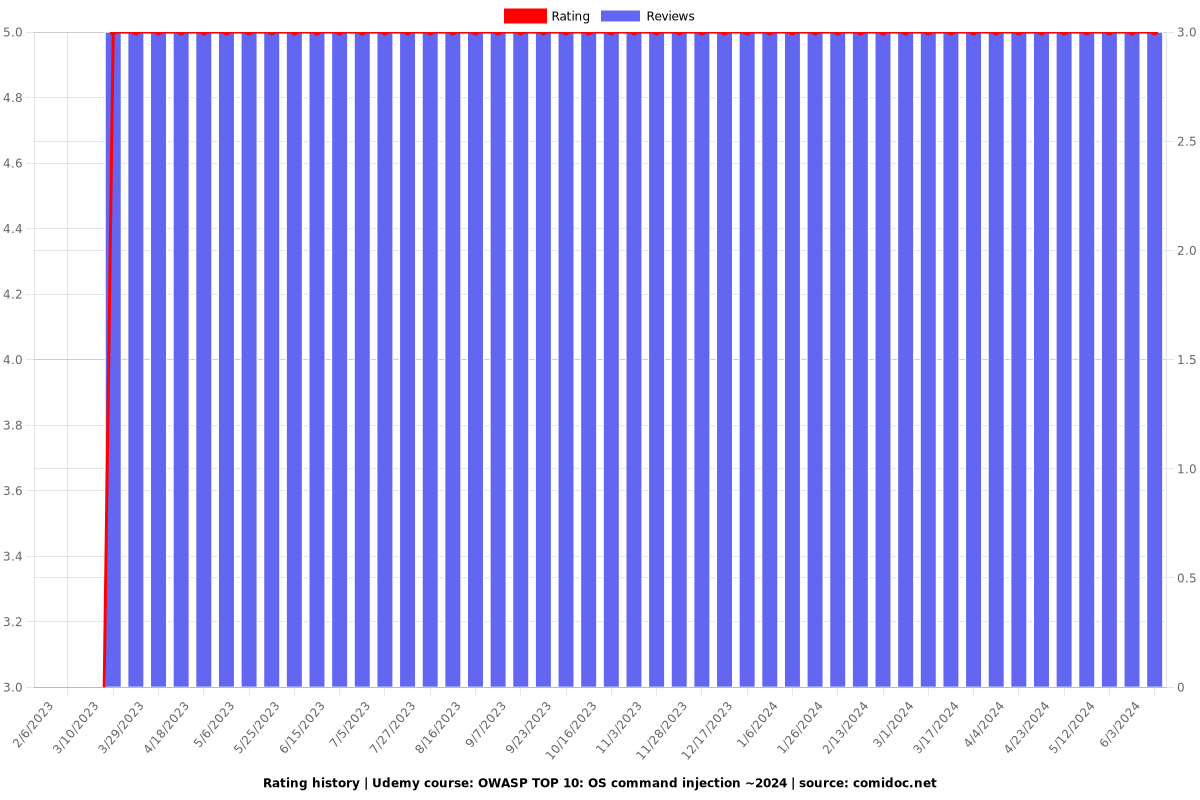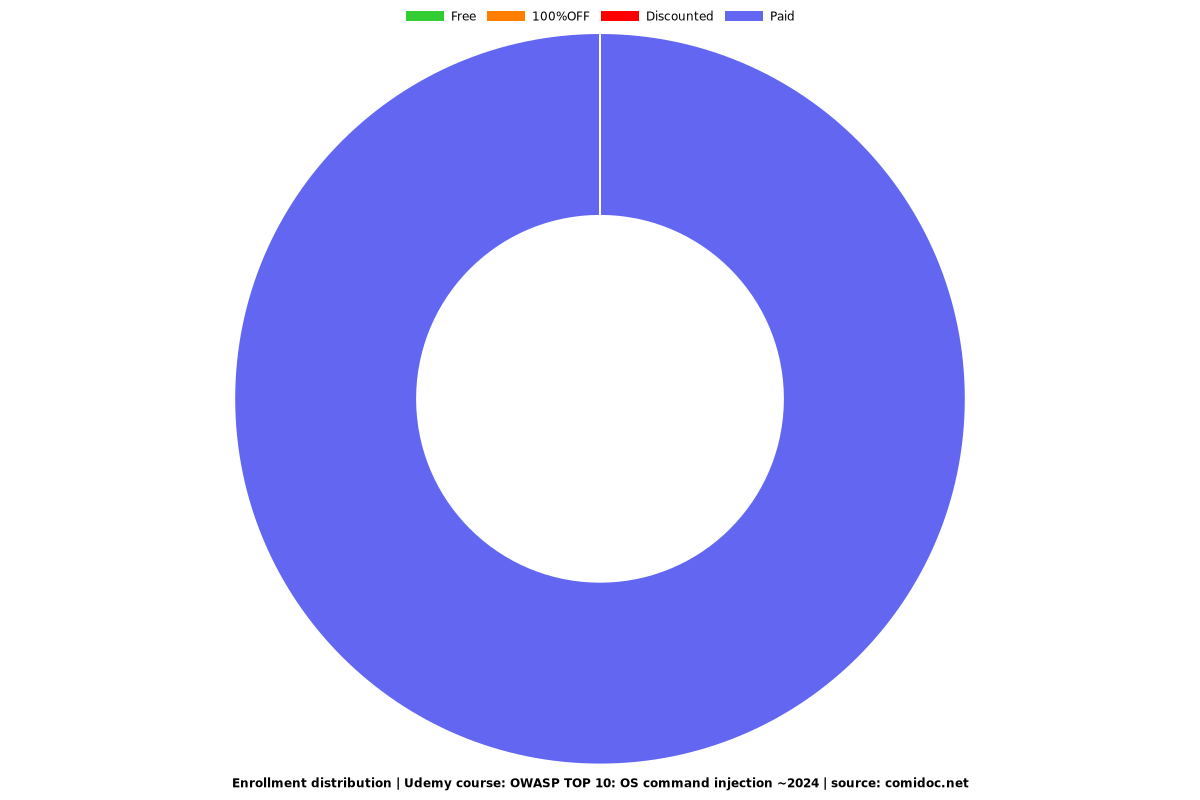OWASP TOP 10: OS command injection ~2024
Vulnerabilities in OS command injection | Learn with Fun way

What you will learn
OWASP Top 10
OS Command Injection
Breaking Out Of Existing Commands
Blind OS command Injection Vulnerabilities
Detecting Blind OS Injection Vulnerabilities
About Payload
Ways of injecting OS commands
prevent OS command injection attacks
Info of Labs
Why take this course?
Shell Injection (also known as OS command injection ) is a web security vulnerability that allows an attacker to execute arbitrary operating system (OS) commands on the server that is running an application, and typically fully compromise the application and all its data.
The OWASP Top 10 provides rankings of—and remediation guidance for—the top 10 most critical web application security risks. Leveraging the extensive knowledge and experience of the OWASP's open community contributors, the report is based on a consensus among security experts from around the world.
What is OS command injection?
An OS command injection is a vulnerability that allows an attacker to execute arbitrary commands directly on the server. If you haven't already realized, if an attacker is able to execute malicious code on the server, he could easily get a reverse shell or a backdoor into the server.
So finding Os command injection during bug-bounty and penetration is marked as a critical vulnerability and It is the most prevalent and impactful vulnerability as per the OWASP “Top 10” list.
Why need to learn OS command injection?
Operating system (OS) command injection is one of the most common web application security vulnerabilities around. It allows a threat actor to run malicious shell commands by targeting an application weakness with improper input validation, such as a buffer overflow.
What is the difference between Code Injection vs. Command Injection?
Code injection is a generic term for any type of attack that involves an injection of code interpreted/executed by an application. This type of attack takes advantage of mishandling of untrusted data inputs. It is made possible by a lack of proper input/output data validation.
On the other hand, Command injection typically involves executing commands in a system shell or other parts of the environment. The attacker extends the default functionality of a vulnerable application, causing it to pass commands to the system shell, without needing to inject malicious code. In many cases, command injection gives the attacker greater control over the target system.
Types of OS command injection attacks
>Arbitrary command injection
>Insecure serialization
>XML external entity injection (XXE)
>Arbitrary file uploads/inclusion
>Server-side template injection (SSTI)
How to prevent OS command injection
Avoid system calls and user
inputSet up input validation
Create a white list
Create a white lis
Use execFile() securely
If you wanna lean and make a careear as a Ethical hacker, jon with Us.
Charts
Price

Rating

Enrollment distribution
